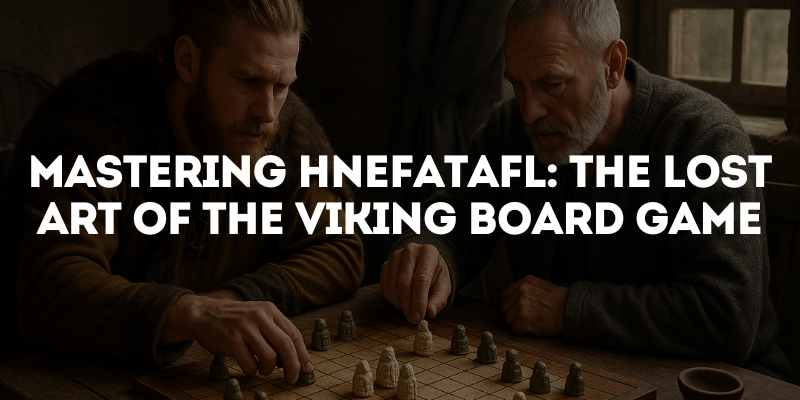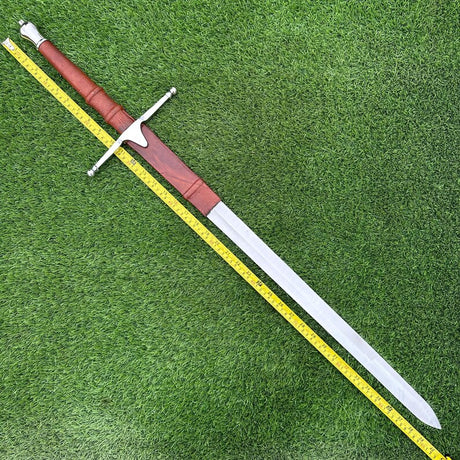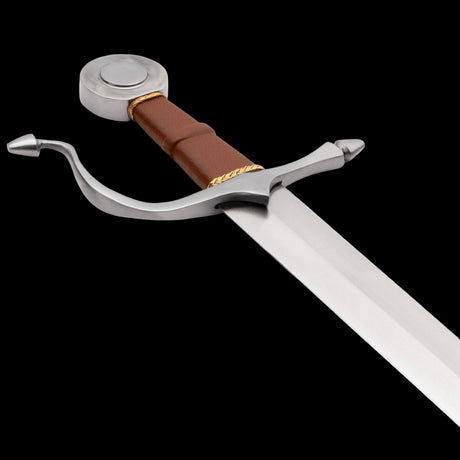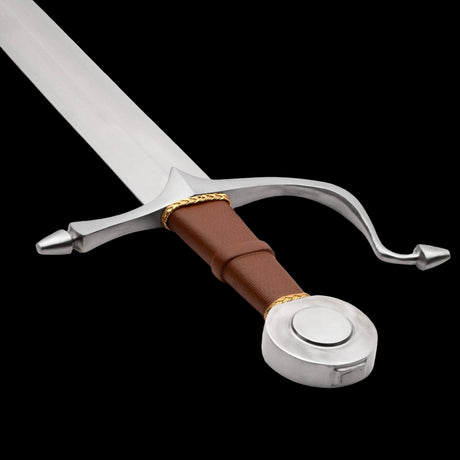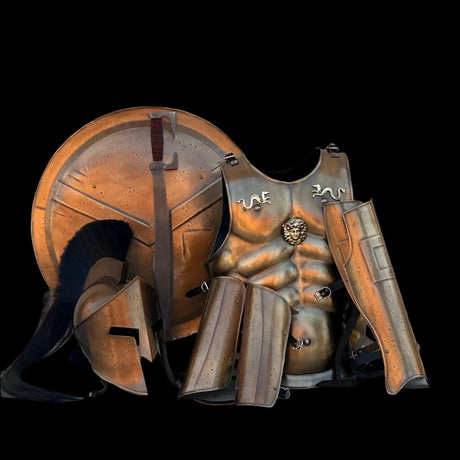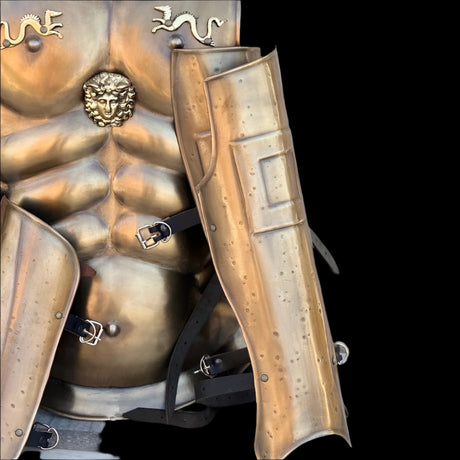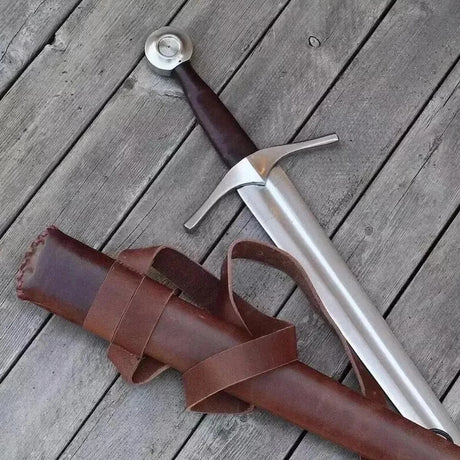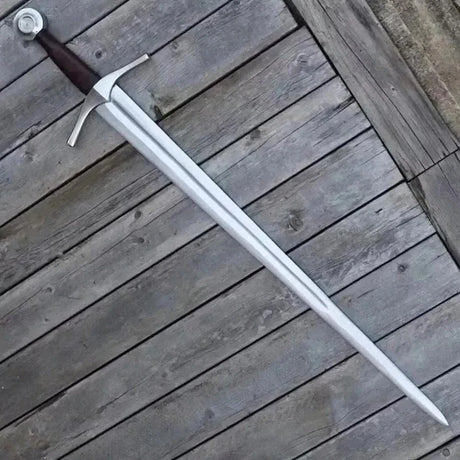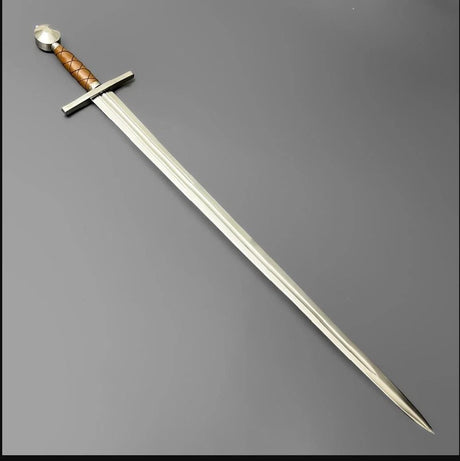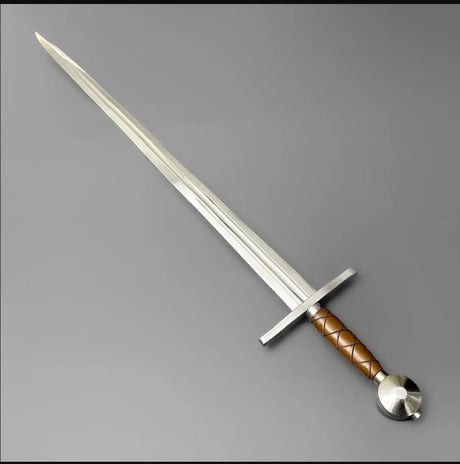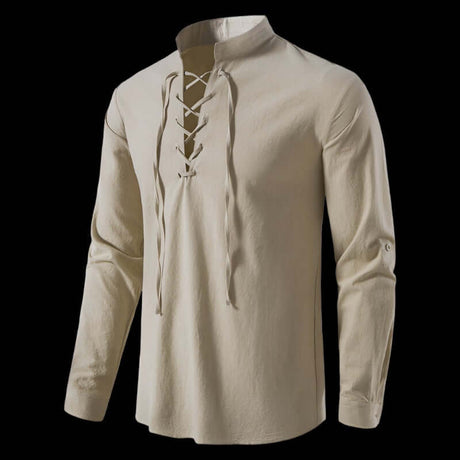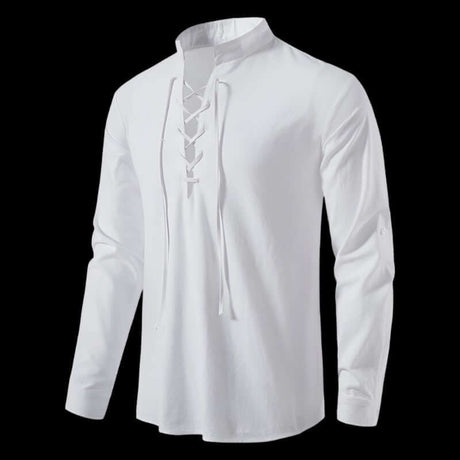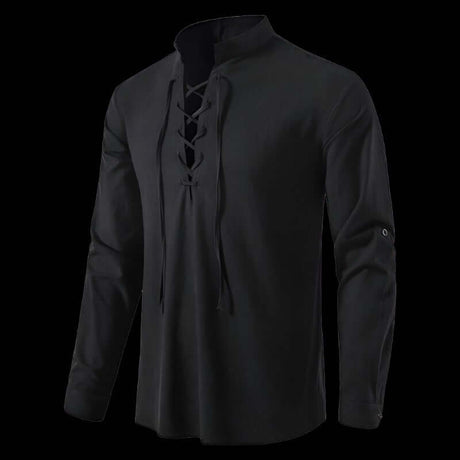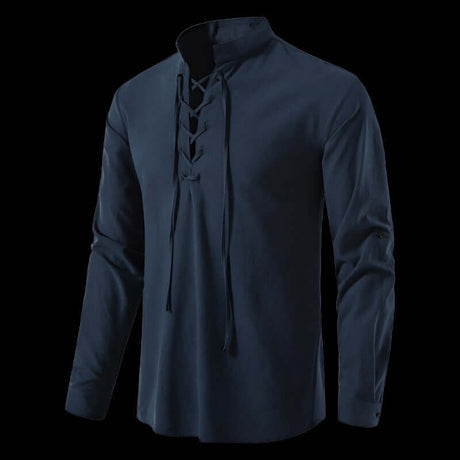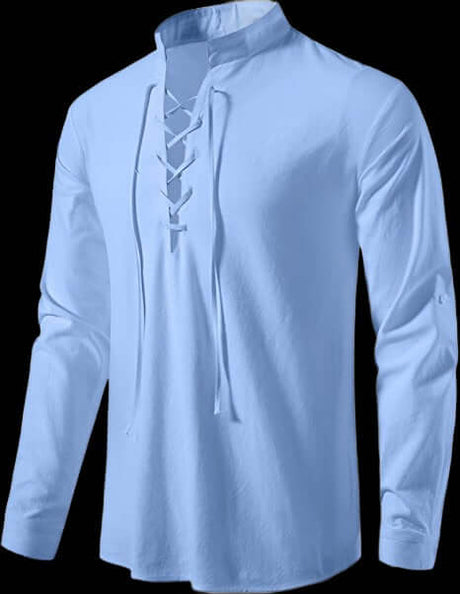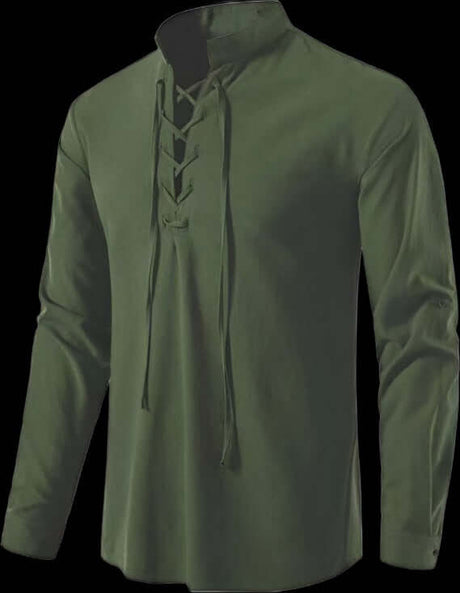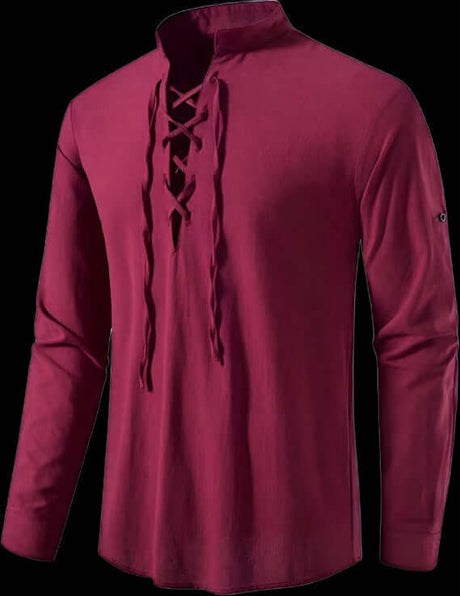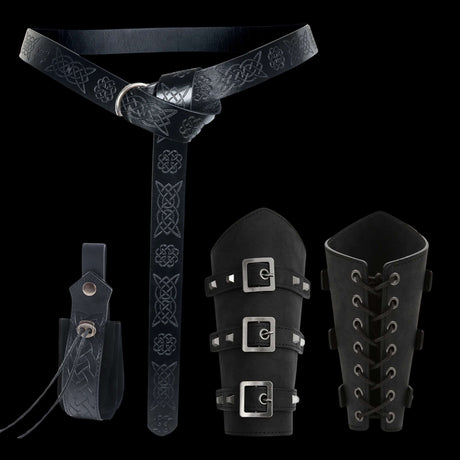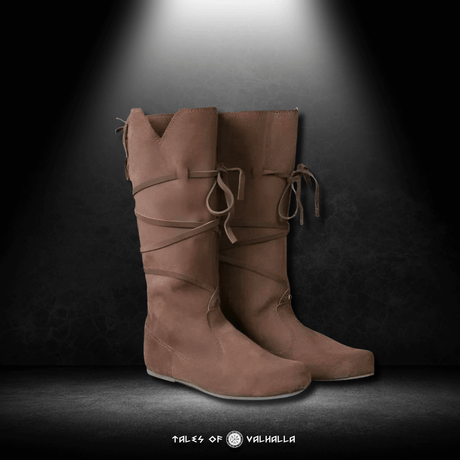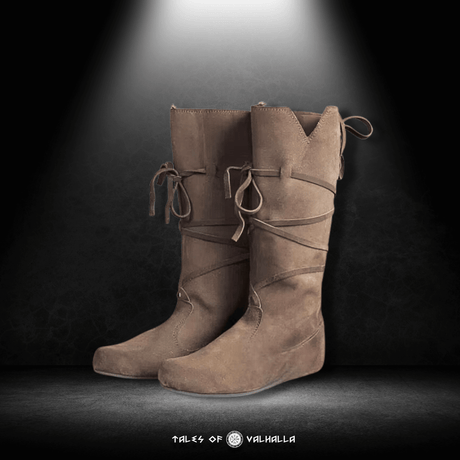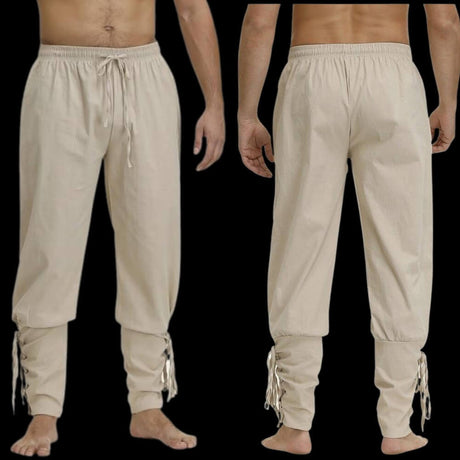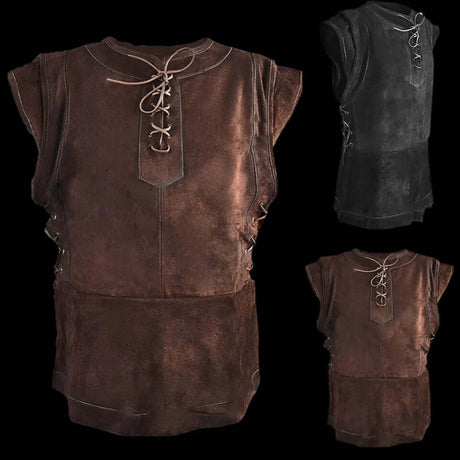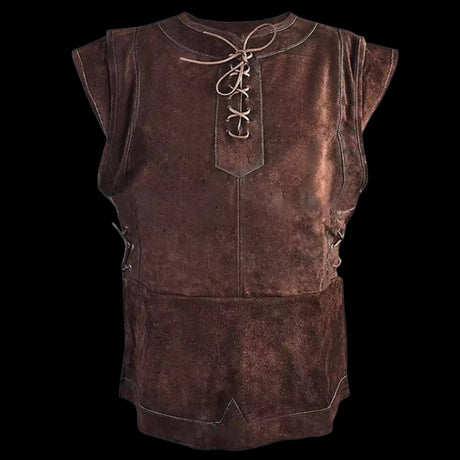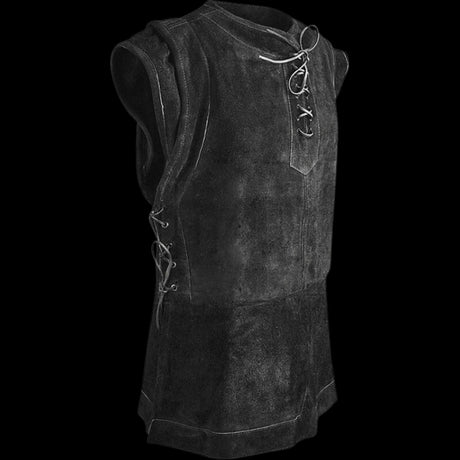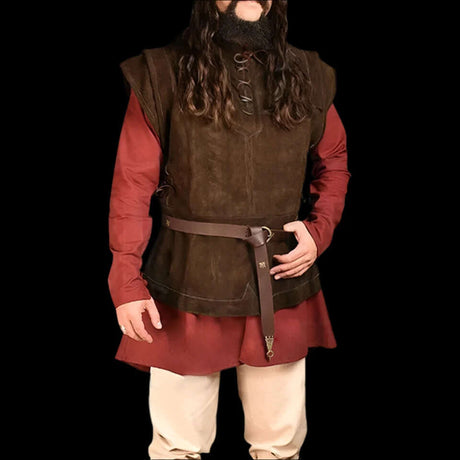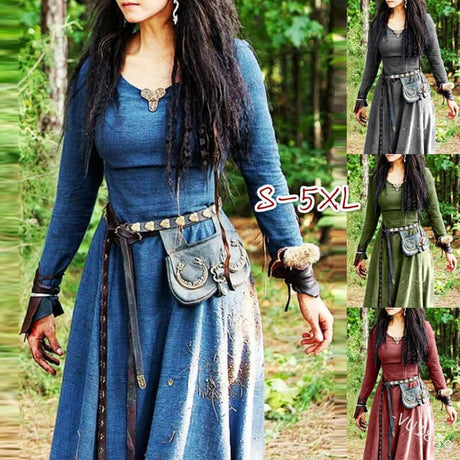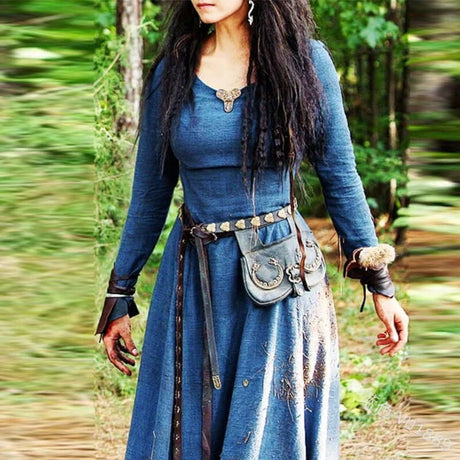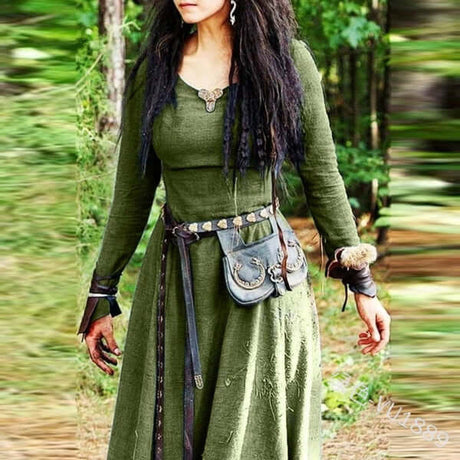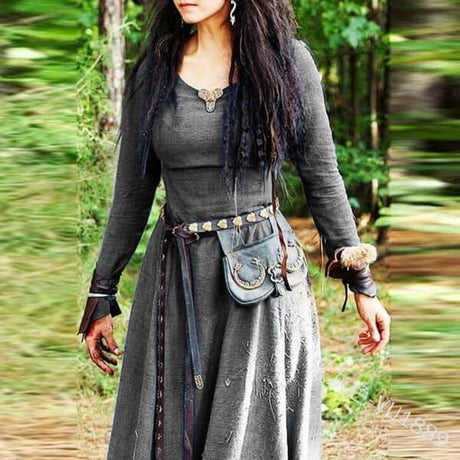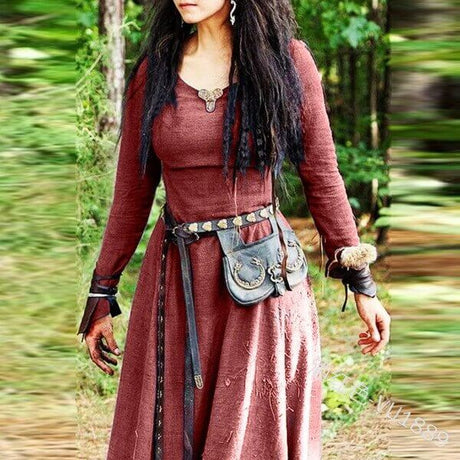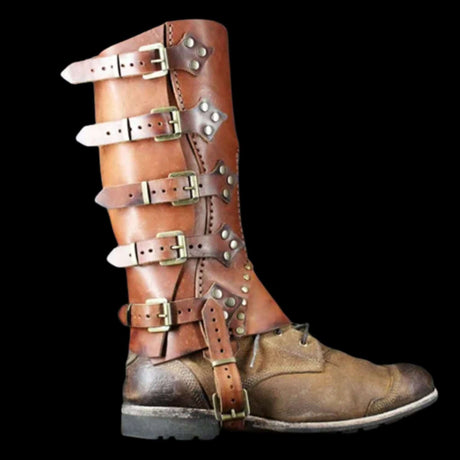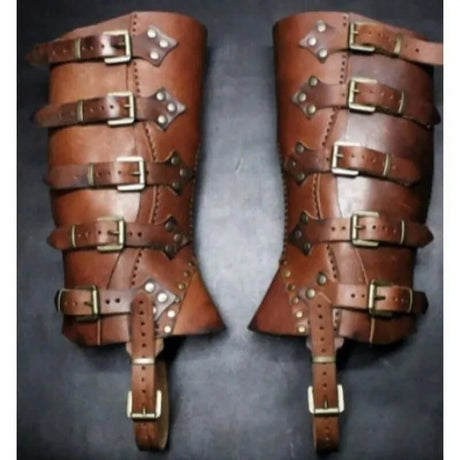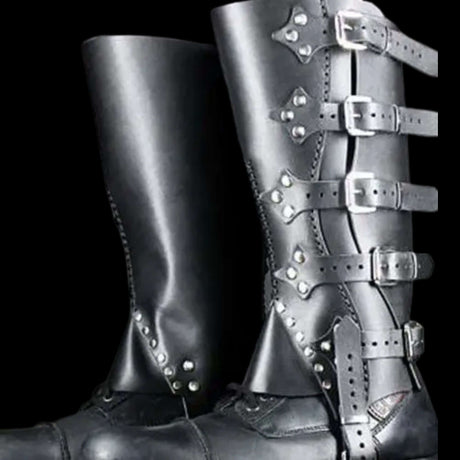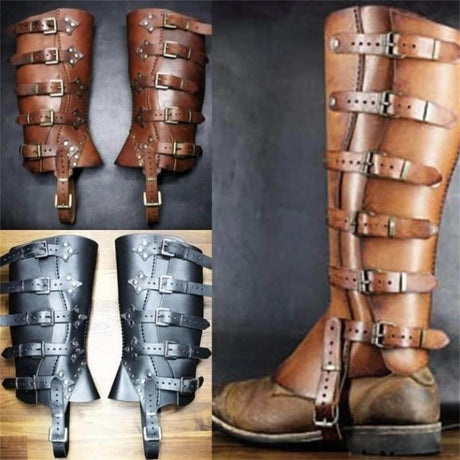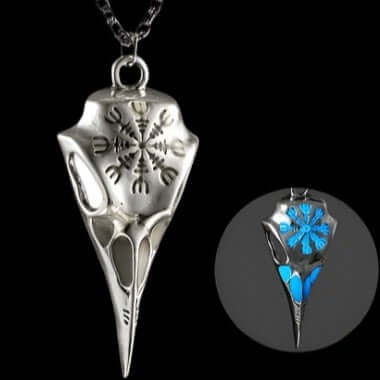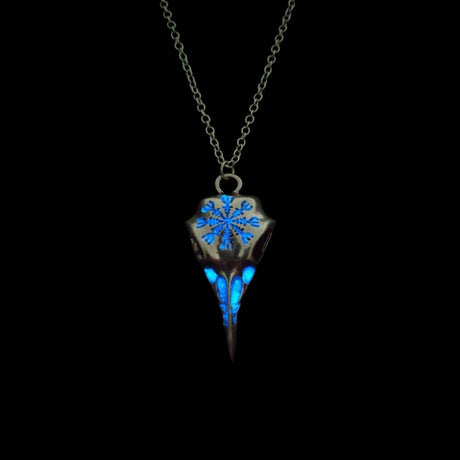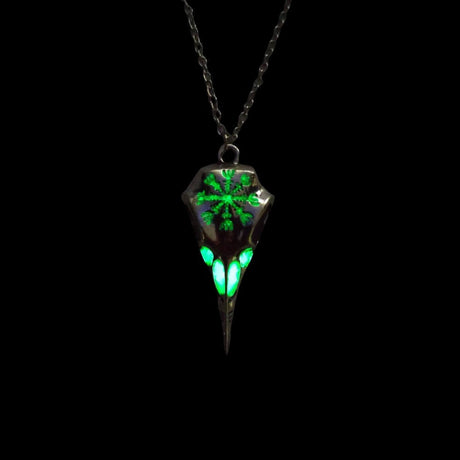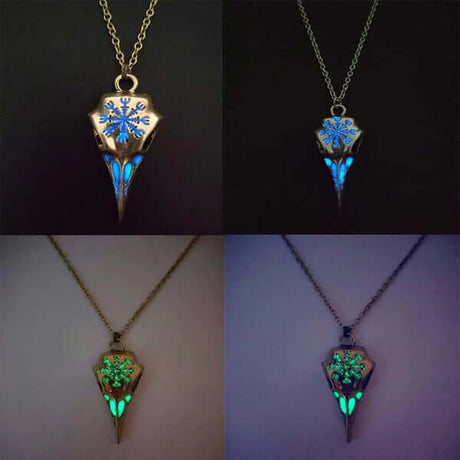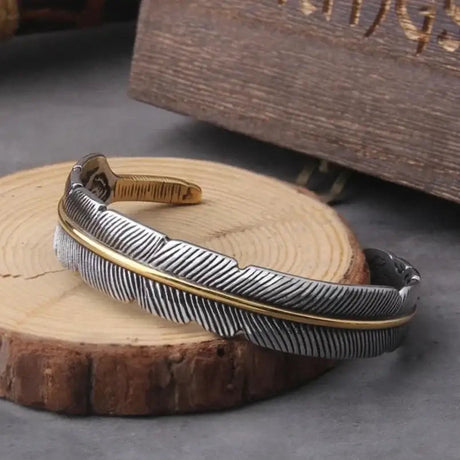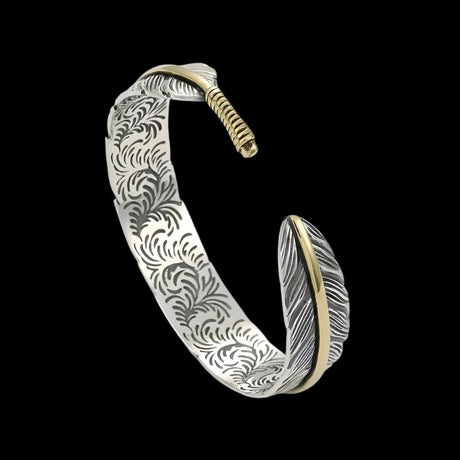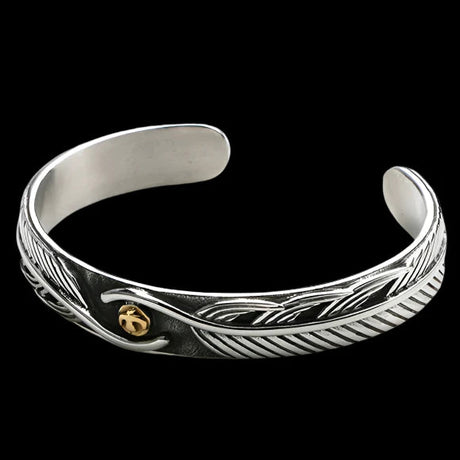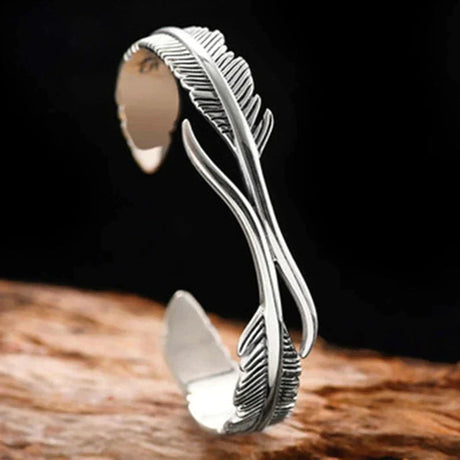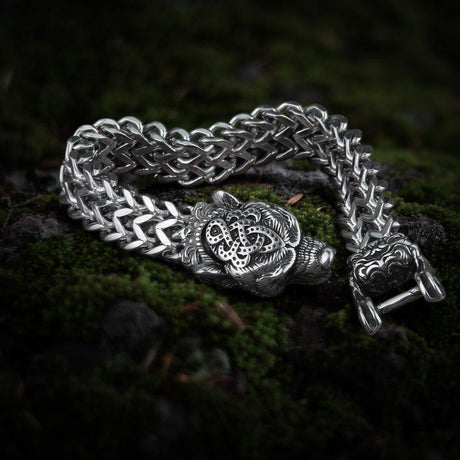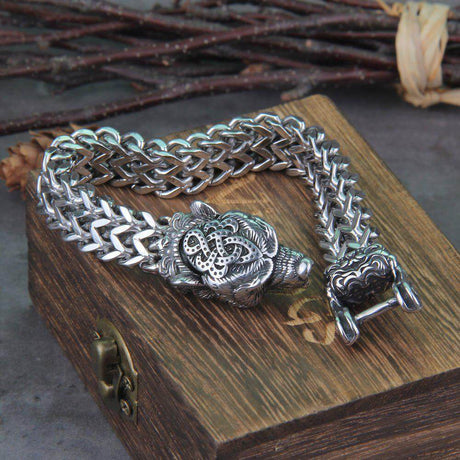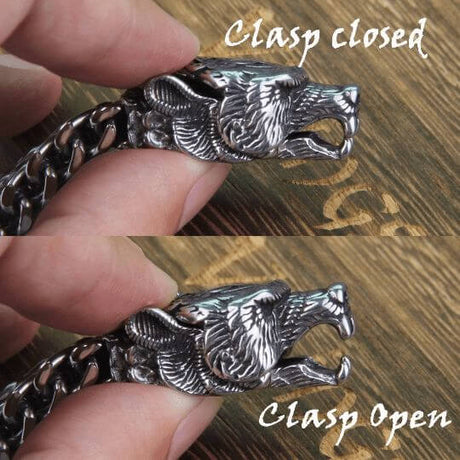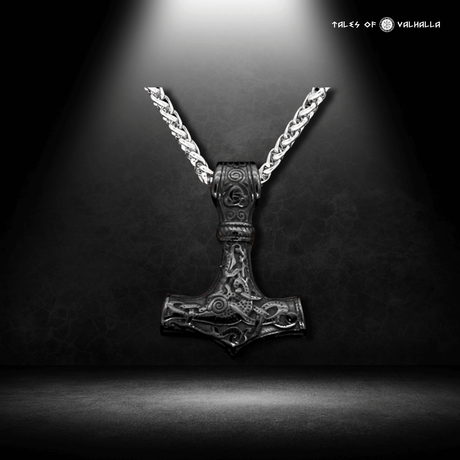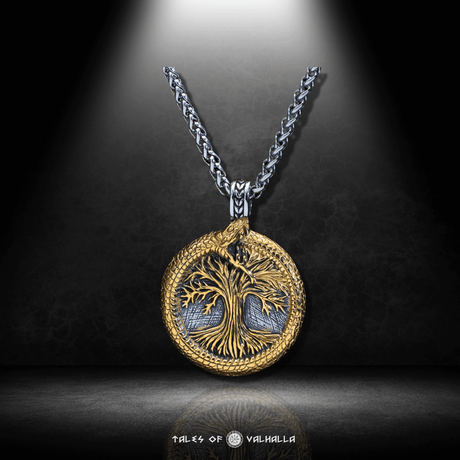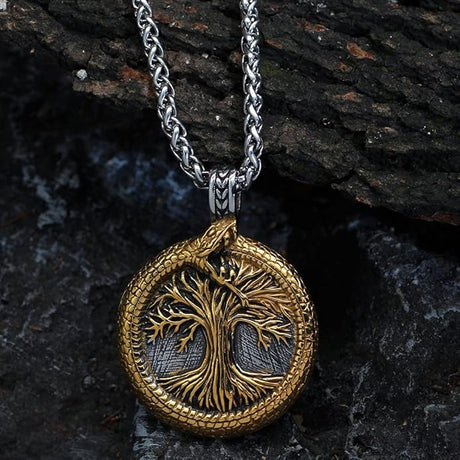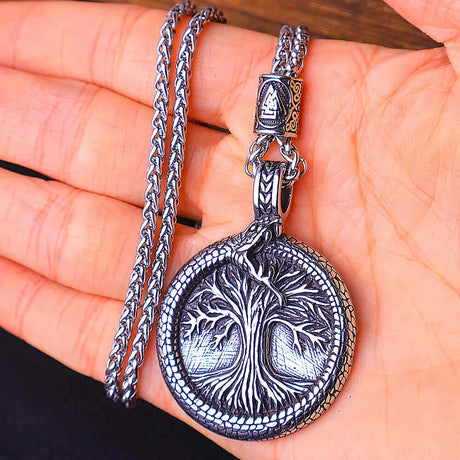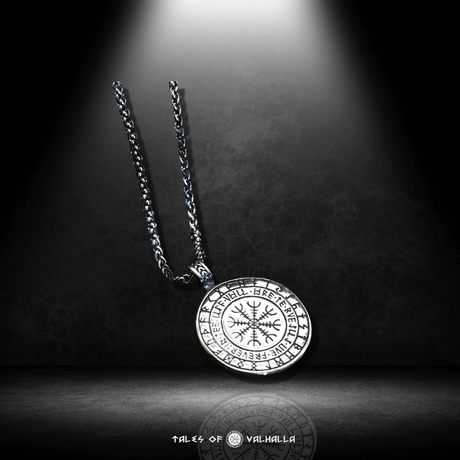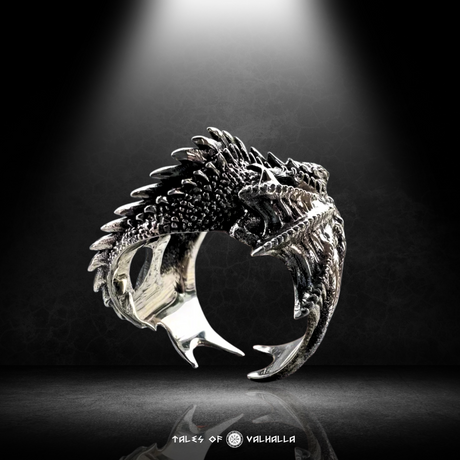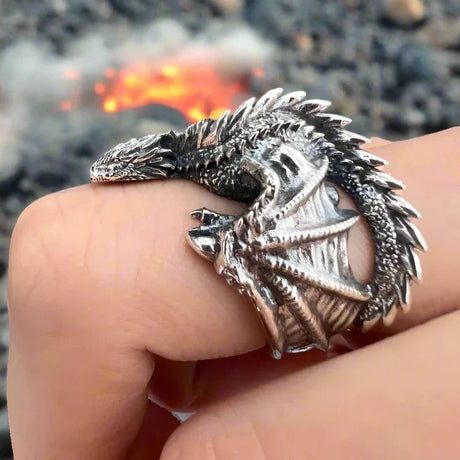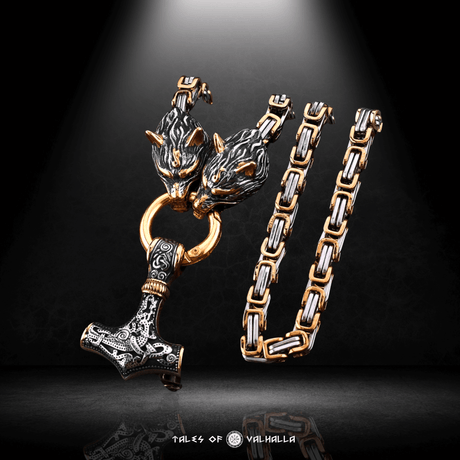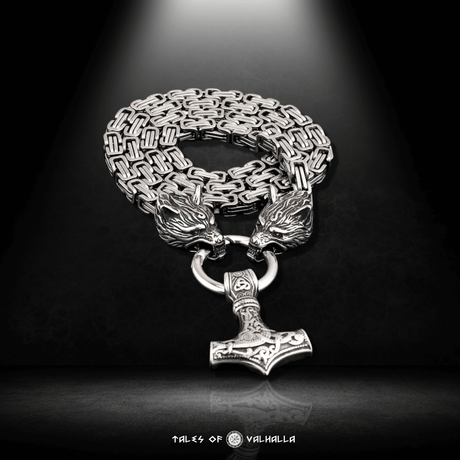Imagine a Viking longhouse, the air thick with the smoke of a central hearth and the murmur of tales being told. In a corner, away from the boisterous feasting, two figures are hunched over a wooden grid, their faces illuminated by the flickering firelight. They are not preparing for a raid, but are locked in a silent, intense battle of wits. This is Hnefatafl, the "King's Table," the strategic heart of the Norse world. Long before Chess dominated Western culture, this was the ultimate game of warlords, a complex contest of siege and escape played out on a Viking board.
Today, Hnefatafl is experiencing a remarkable revival in the United States and across the globe. Enthusiasts are drawn to its unique asymmetrical gameplay and its deep connection to the Viking Age. But what is this ancient game? How do you play it, and what strategies can you use to master it? This guide will delve into the history, rules, and profound strategic depth of Hnefatafl, exploring how this ancient Viking board game is more than just a pastime—it's a window into the very mind of a Viking.
What is Hnefatafl? The King's Table Game
Hnefatafl (pronounced roughly "nef-ah-tah-full") is the best-known member of the Tafl family of games, which were played across Northern Europe for centuries. Unlike the symmetrical warfare of Chess, Hnefatafl is a game of unequal forces and objectives, making it a fascinating strategic challenge.

What is Hnefatafl? The King's Table Game
A Game of Asymmetrical Warfare: Siege and Escape
The core concept of Hnefatafl is what sets it apart. It's not a battle between two equal armies. Instead, it pits a small, central defending force against a larger attacking army.
- The Defender's Goal: The defending player's objective is to help their King (Hnefi) escape from the center of the Viking board to one of the corner squares.
- The Attacker's Goal: The attacking player, with twice as many pieces, must surround and capture the King before he can escape.
More Than a Game, a Reflection of Viking Reality
This asymmetrical setup is a brilliant reflection of real-world scenarios common in the Viking Age. The Viking board becomes a microcosm of Norse conflict:
- The Besieged Jarl: The King and his defenders can be seen as a chieftain and his loyal hird (household warriors) besieged in their longhouse or hillfort, trying to break out through the surrounding enemy lines.
- The Ambushed Raiding Party: Alternatively, the King could represent a Viking leader on a raid, who has secured valuable treasure (the "throne") and must now fight his way back to his longship on the coast (the corners) through hostile territory.
- The assassination attempt: The attackers could be seen as trying to assassinate a king or jarl within his own fortress.
Playing Hnefatafl isn't just moving pieces on a Viking board; it's re-enacting the very essence of Viking Age conflict and strategy.
Unearthing the Past: The History and Archaeology of Hnefatafl
Hnefatafl has a rich history that long predates the version played on the modern Viking board.
Pre-Dating Chess: The Game of Northern Europe
The Tafl family of games, including Hnefatafl, were immensely popular throughout Northern Europe long before Chess arrived from India and Persia around the 11th and 12th centuries. Chess, with its more abstract and symmetrical gameplay, eventually supplanted Hnefatafl, causing its rules to fall into obscurity for centuries.
The Evidence We Have: Sagas and Stones
Our knowledge of Hnefatafl comes from several sources:
- Archaeological Finds: Game boards and pieces have been discovered in various archaeological contexts, most famously a complete wooden Viking board and pieces found with the 9th-century Gokstad ship burial in Norway. Pieces have been found across the Viking world, from Ireland (like the Ballinderry game piece) to Sweden, made from materials like bone, amber, glass, and wood.
- Literary Mentions: Viking Sagas make numerous references to Hnefatafl. It's often depicted as a game played by nobles and heroes, a mark of intelligence and strategic thinking. In Frithiof's Saga, the hero plays Hnefatafl to demonstrate his cleverness. Its mention in these stories solidifies its cultural importance.
The Lost Rules and Modern Reconstruction
A crucial point about Hnefatafl is that no complete, unambiguous rule set has survived from the Viking Age. The game essentially "died out" before its rules were comprehensively written down. Modern playable versions of Hnefatafl are scholarly reconstructions based on:
- The layout of surviving Viking board artifacts.
- Fragmentary rule descriptions from medieval manuscripts (like those describing the Welsh game Tawlbwrdd).
- Linnaeus's 1732 notes on a Sámi variant called Tablut, which provided the most complete rules for a Tafl game.
This element of mystery adds to the allure of the game. When you play Hnefatafl today, you are participating in the active reconstruction of a lost piece of Viking heritage.
Setting Up Your Viking Board: The Pieces and Their Purpose
To begin your journey to mastering Hnefatafl, you first need to understand the battlefield—the Viking board—and its warriors. The game is typically played on a grid, most commonly 11x11 squares.

The Pieces and Their Purpose
The Board Itself
The Hnefatafl Viking board is a grid of squares (e.g., 9x9, 11x11, or 13x13). Key squares include:
- The Throne (Konungsstóll): The central square, where the King starts. It is often specially marked. Only the King may occupy the throne.
- The Corner Squares (Skotthus): The four squares at the corners of the board. These are the King's escape points.
The Attacking Force (Dark Pieces)
- Composition: The larger army, typically consisting of 24 pieces (often called huscarls or simply attackers).
- Setup: They are arranged in four groups of six along the four sides of the Viking board.
- Objective: To surround and capture the King.
The Defending Force (Light Pieces)
- Composition: The smaller army, typically consisting of 12 pieces (often called huscarls or defenders).
- Setup: They are arranged in a defensive formation around the King on the central throne.
- Objective: To protect the King and help him escape to one of the four corner squares.
The King (Hnefi)
- Composition: A single, unique piece, often larger or more ornate than the others. The Hnefi (literally "King" or "Fist").
- Setup: Starts on the central throne.
- Objective: To reach any of the four corner squares. If he does, the defending side wins instantly.
The Rules of Engagement: How to Play Hnefatafl
While variations exist, most modern Hnefatafl sets follow a core set of rules based on the historical reconstructions.
The Objective
As established, the goals are asymmetrical:
- Defender Wins: The King reaches any of the four corner squares.
- Attacker Wins: The King is captured.
Movement
- Orthogonal Movement: All pieces, including the King, move any number of vacant squares horizontally or vertically, like a Rook in Chess.
- No Diagonal Movement: Pieces cannot move diagonally.
- No Jumping: Pieces cannot jump over other pieces.
- Restricted Squares: Only the King can occupy the central throne and the corner squares. Other pieces may pass through the throne square, but cannot stop there.
Capturing
This is another key feature that distinguishes Hnefatafl from Chess.
- Custodial Capture (Sandwiching): A piece is captured and removed from the Viking board when it is "sandwiched" between two opposing pieces on adjacent squares, either horizontally or vertically.
- Using the Throne and Corners: The empty throne and the four corner squares can act as the second "capturing" piece. For example, if an attacker's piece is on a square next to the throne, and a defender moves to the opposite side of the attacker, the attacking piece is captured using the throne as an ally.
Capturing the King
Capturing the King is the ultimate goal of the attacker and is usually more difficult than capturing a regular piece.
- Four-Sided Capture: The most common rule is that the King is captured when he is surrounded on all four adjacent squares (north, south, east, west) by attacking pieces.
- Three-Sided Capture (Against a Throne/Edge): If the King is on a square adjacent to the central throne, he can be captured by surrounding him on the remaining three sides. Some rule variations also allow him to be captured against the edge of the Viking board.
Mastering the Viking Board: Strategy for Wannabe Warlords
Hnefatafl is a game of deep strategy. Simply knowing the rules is not enough. To master this Viking board game, you must think like a Norse chieftain.
Defender's Strategy (The Escape Plan)
Playing as the defender is a tense and challenging experience. You are outnumbered and on the defensive from the start.
- Form a Shield Wall (The "Gard"): Your first priority is to create a strong defensive formation around your King. Do not let the attackers easily pick off your pieces one by one. Use your defenders to protect each other, creating a "shield wall" that is difficult to penetrate.
- Create an Escape Lane: While defending, you must simultaneously be looking for an opportunity to create an escape route for your King. This often involves probing the attacker's lines, looking for a weak point.
- The Power of Sacrifice: Do not be afraid to sacrifice one of your defenders to open up a crucial escape path or to break up the attacker's blockade. A single Huscarl is expendable if it ensures the King's survival. This mindset is crucial on the Viking board.
- Patience: Wait for your opponent to make a mistake. Over-extending their attack can leave gaps in their formation that you can exploit.
Story Vignette 1: A Lesson in Sacrifice Young Leif played as the defender against his father, Jarl Thorkell. Leif's pieces formed a tight circle around his King on the Viking board. He felt safe, invincible. But Thorkell's attackers were a patient, creeping tide, slowly closing every gap. Leif realized with dawning horror that his perfect fortress was also a perfect prison. "You have built a fine tomb for your king," his father said calmly. "A good Jarl knows that sometimes one warrior must fall so that ten may break through. A wall is useless without a gate." Leif looked at the board again. He saw it then: a single, brave move, sacrificing one of his defenders, would draw two of his father's pieces out of position, creating a narrow but viable path to the corner. The lesson was learned: victory is not about preserving every piece, but about achieving the objective.
Attacker's Strategy (The Siege and Trap)
Playing as the attacker requires patience, coordination, and a ruthless focus on the objective: capturing the King.
- Form a Blockade: Your primary goal is to build a wall of your own, preventing the King from reaching the edges of the Viking board. Control space and restrict the defender's movement.
- Control the Corners: The corners are the King's escape hatches. A key part of your strategy is to block access to these squares as early and efficiently as possible.
- Set Traps: Don't just chase the King. Use your superior numbers to set traps, forcing the King and his defenders into positions where they can be surrounded. Look several moves ahead.
- Isolate the King: Try to separate the King from his defenders. If you can pick off his guards, the King becomes much more vulnerable. Use sacrificial moves of your own to lure defenders away.
- Patience and Pressure: Slowly tighten the net. Every move should serve to reduce the King's options. Apply constant pressure until the defender makes a fatal mistake.
Story Vignette 2: The Jarl's Patient Hunt On a long sea voyage to England, Jarl Thorkell played as the attacker against his son, Leif. The rocking of the longship was a constant rhythm beneath the clatter of bone game pieces on the wooden Viking board. Thorkell did not rush. He saw Leif form his defensive shield wall. Instead of a direct assault, Thorkell slowly advanced his pieces on the flanks, not attacking, but simply taking up space. He cut off the paths to the corners first, building a wide, inescapable perimeter. He sacrificed one of his own attackers to lure two of Leif's defenders out of position, creating a small breach in the shield wall. Then, with practiced coordination, he began to methodically constrict the space around the King, his moves like a pack of wolves circling their prey. The game was no longer a battle; it was a patient, inexorable hunt.
Hnefatafl Today: The Modern Revival of a Viking Pastime
After centuries of obscurity, Hnefatafl is enjoying a well-deserved comeback.
- A Growing Community: Enthusiasts around the world are rediscovering this ancient Viking board game. Tournaments are held, clubs have formed, and numerous online platforms allow you to play against opponents from across the globe.
- Why It Resonates: Hnefatafl's appeal lies in its deep strategy, its connection to history, and its unique asymmetrical gameplay, which offers a refreshing alternative to Chess. It challenges players to think in terms of siege and escape, blockade and breakthrough.
Table: Hnefatafl vs. Chess – A Clash of Strategies
Conclusion
Mastering Hnefatafl is about more than just learning rules; it's about learning to think like a Viking. The game, played out on its iconic Viking board, teaches lessons of strategy, sacrifice, patience, and the importance of adapting to unequal odds. It reflects a worldview where a besieged leader could make a daring escape, or where a larger force could be outwitted by clever positioning. The Viking board game is a microcosm of the conflicts and challenges that defined the Viking Age.
The revival of Hnefatafl allows us to connect with this rich history in a tangible, interactive way. It challenges our minds and offers a unique strategic experience that has been cherished for over a thousand years.
FAQs
1. Q: What is Hnefatafl, the Viking board game?
A: Hnefatafl (pronounced "nef-ah-tah-full" and meaning "King's Table") is an ancient Norse strategy game. It's an asymmetrical Viking board game where one player defends a central King with a small force, trying to help him escape to a corner, while the other player uses a larger force to surround and capture the King.
2. Q: How do you win in Hnefatafl?
A: The objectives are different for each side. The defender (with the King) wins if the King piece successfully reaches any of the four designated corner squares on the board. The attacker (with the larger army) wins if they can surround and capture the King before he escapes.
3. Q: How do you capture pieces in Hnefatafl? Is it like Chess?
A: No, it's very different from Chess. Hnefatafl uses a method called "custodial capture" or "sandwiching." You capture an opponent's piece by trapping it horizontally or vertically between two of your own pieces (or between one of your pieces and a restricted square like the throne or a corner).
4. Q: Are the rules we use today the original Viking rules?
A: Not exactly. No complete, original rule set from the Viking Age has survived to the present day. The rules used today for Hnefatafl are modern reconstructions based on archaeological finds (like surviving Viking board layouts), fragmentary medieval texts, and the rules of related historical games.
5. Q: What's the biggest difference between Hnefatafl and Chess?
A: The biggest difference is asymmetry. In Chess, both players start with identical armies and have the same goal (checkmate). In Hnefatafl, the two sides have different numbers of pieces, different starting positions on the Viking board, and completely different objectives (escape vs. capture).
6. Q: Is it harder to play as the attacker or the defender in Hnefatafl?
A: Both sides present unique strategic challenges. The defender is outnumbered and constantly under pressure, requiring careful defensive play and a good sense of timing to create an escape route. The attacker has superior numbers but must coordinate their pieces effectively to form a tight blockade without leaving gaps. Many players find the defender's role more difficult, especially when first learning the game.

